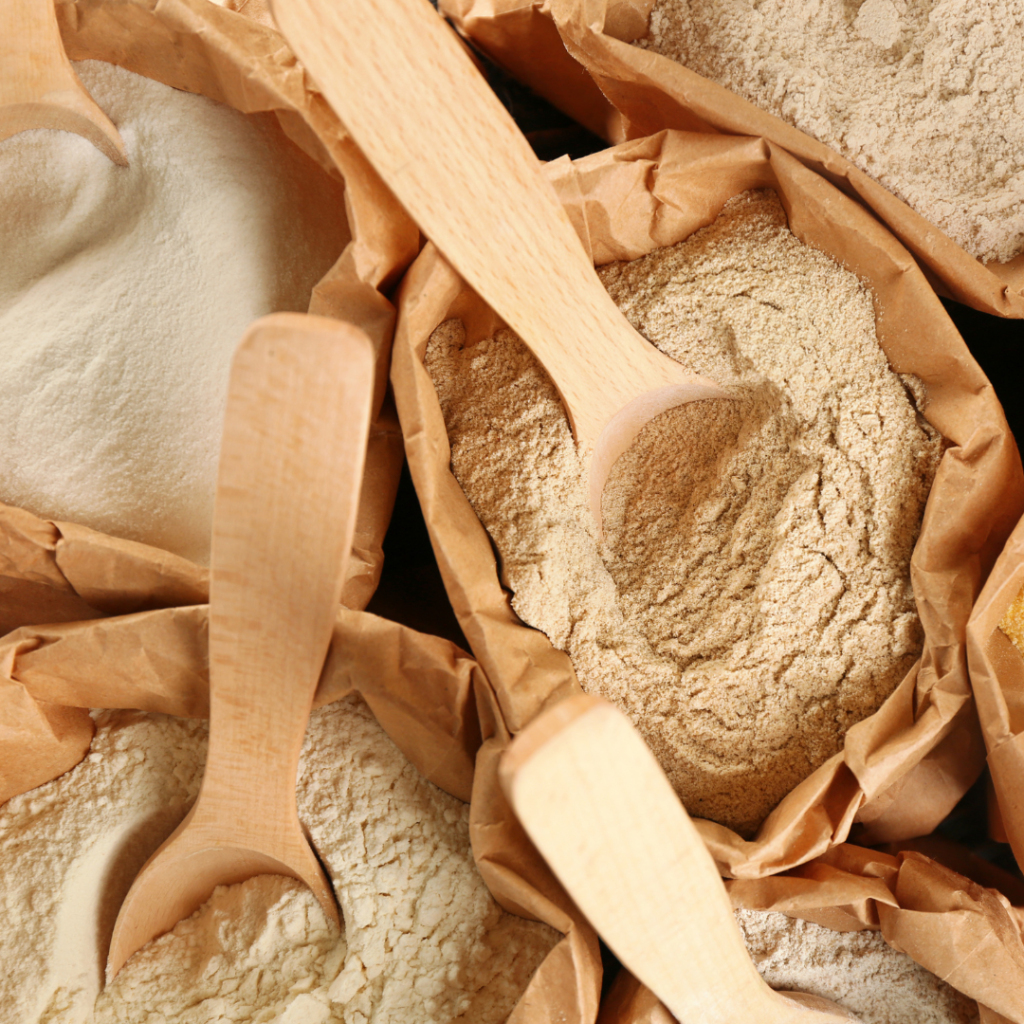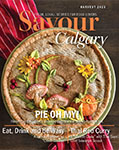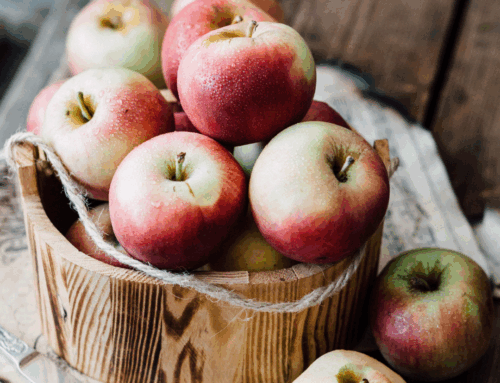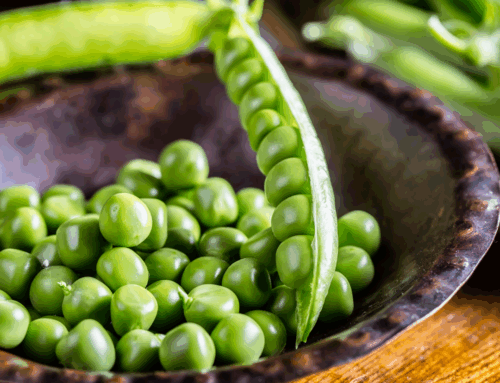
Ok, wheat’s awesome, but hard on the teeth. All flours actually serve the same purpose. They are each a little different in terms of flavour, texture, and nutritional value. Most can be substituted to replace one or the other, but be sure you know what the different types of flour are used for before you start swapping.
Off to the mill we go to discover the types of flour and what to use them for.
All-Purpose: If the recipe calls for “flour” you can use this.
Self-Rising: contains baking soda and salt and is ideal for high-rise goods like biscuits, scones, pancakes and quick bread.
Bread (Bakers): Lots of protein means lots of gluten and that means a chewy crumb and well-formed crust. Use for sourdough, baguette, challah, rustic levain, dinner rolls, bagels and pretzels.
Cake Flour: Higher in starch than an all-purpose flour, cake flour absorbs more liquid resulting in a tender, moist crumb. Use for…well…cake.
Pastry Flour: The perfect compromise between all-purpose and cake flour, pastry flour provides both a tender crumb and a flaky texture. Use for croissants, baklava, pies, cinnamon rolls and biscuits.
00 Flour: This Italian flour is made from duram wheat milled to the finest grind. It has a strong gluten that is less elastic than other wheat and is ideal for pasta, gnocchi, pizza and flatbreads, crackers and pierogi. It can be substituted for all-purpose flour.









Leave A Comment